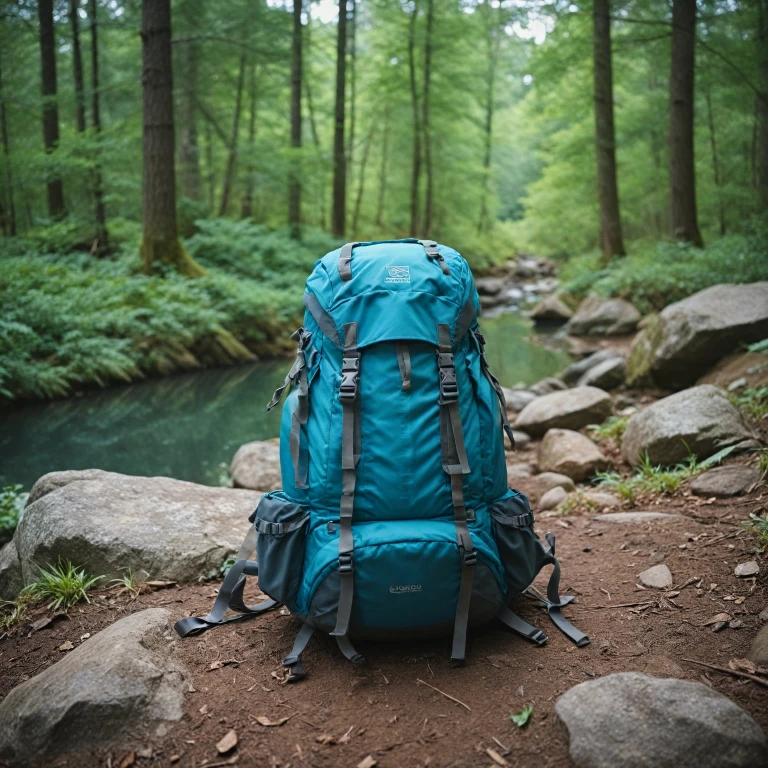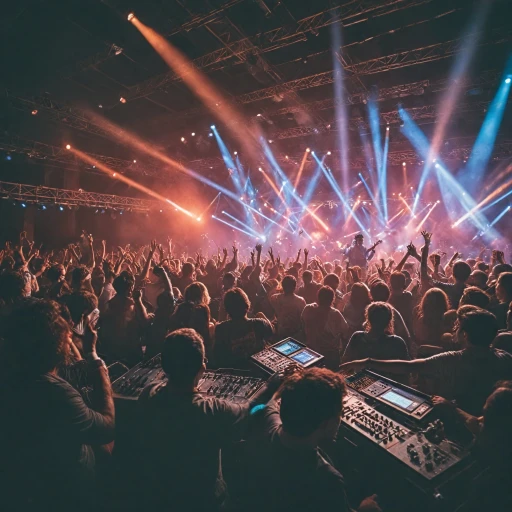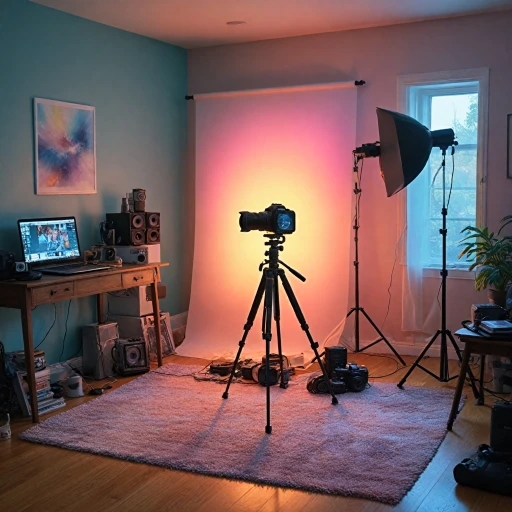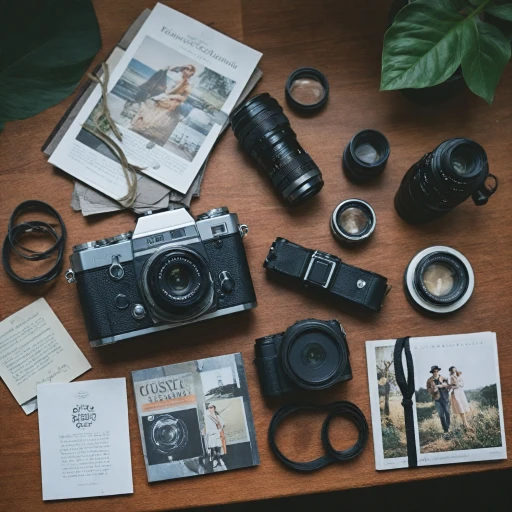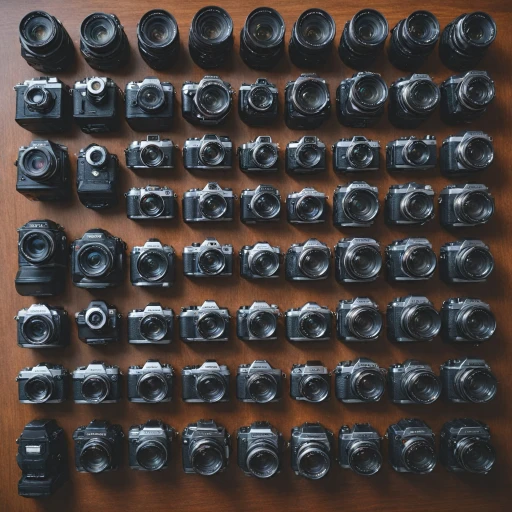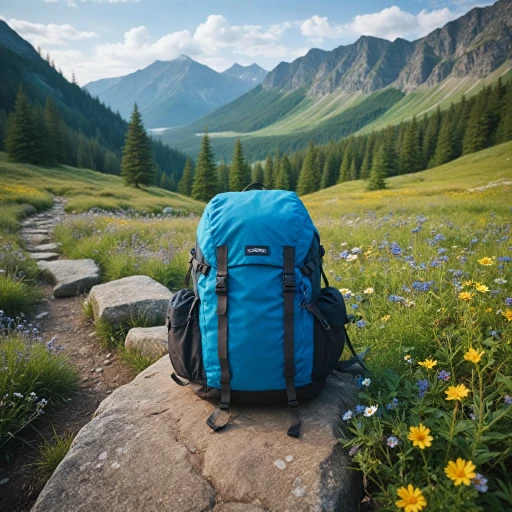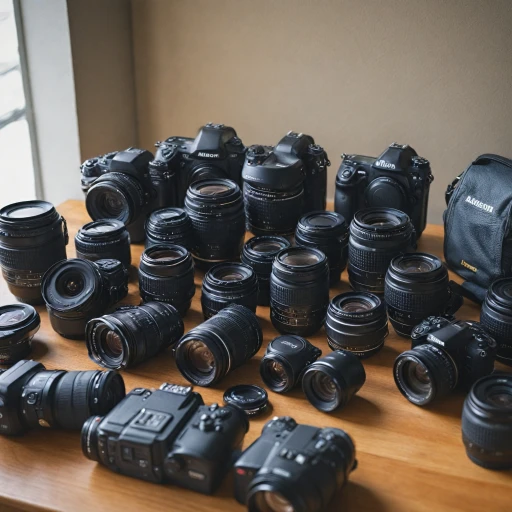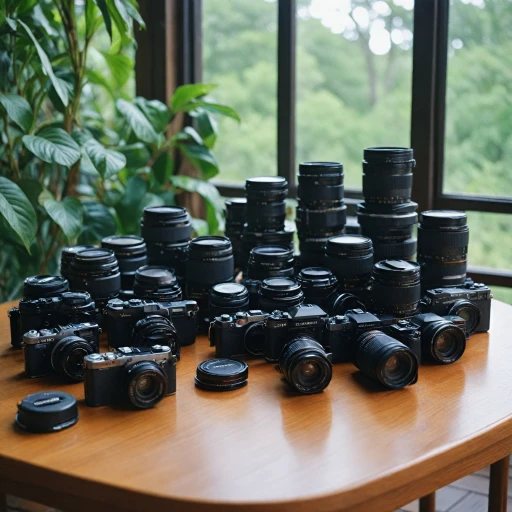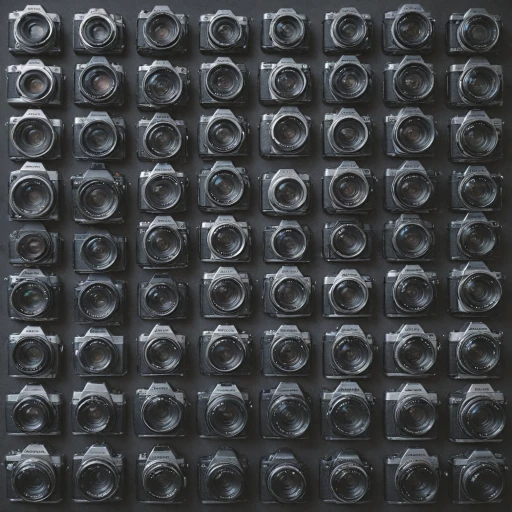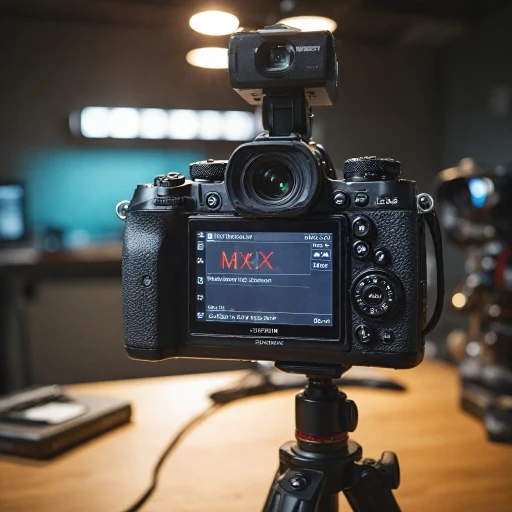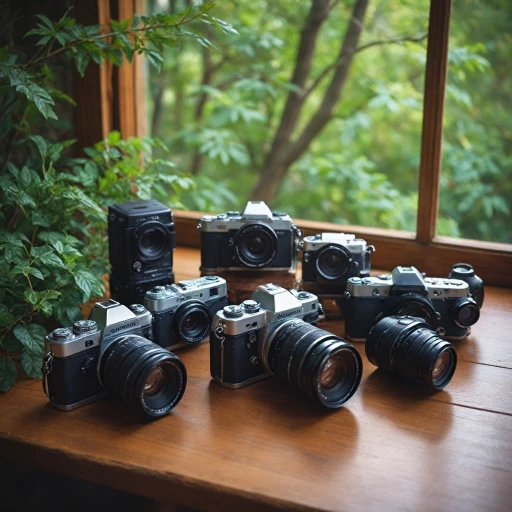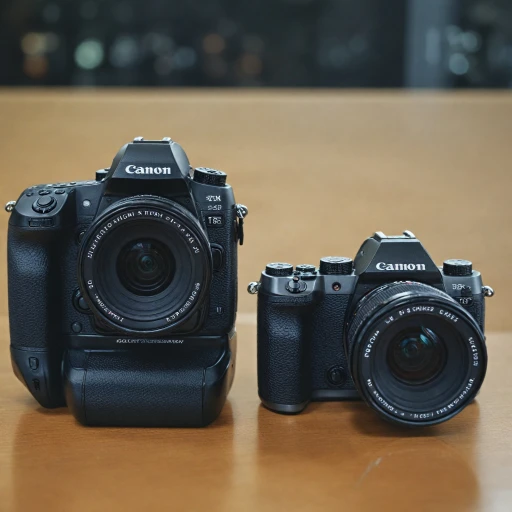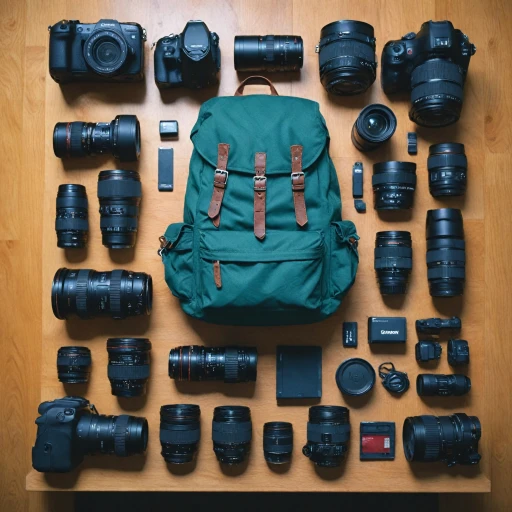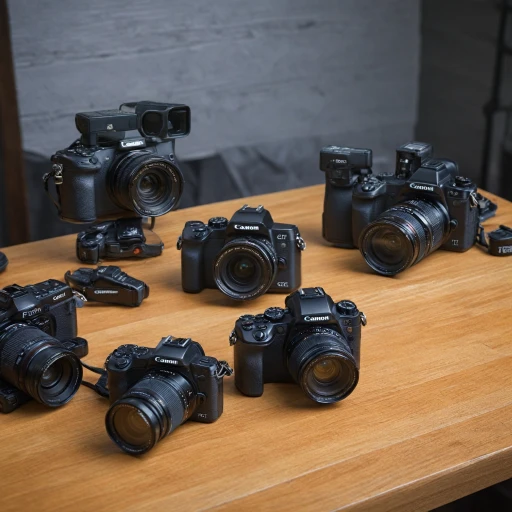
Understanding Your Camera Gear Needs
Assessing Your Photography Equipment Needs
When preparing for a hiking trip with your camera gear, understanding the specific needs of your setup is crucial. Evaluate the importance of each piece of equipment you plan to bring along. This foundational step is not just about packing your best camera and gear but also about ensuring that your backpack can accommodate everything you require.
- Camera Type and Quantity: Determine if you are bringing one DSLR or multiple mirrorless cameras. The number of cameras significantly impacts the type and size of camera insert or camera cube you may need within your backpack.
- Lenses and Accessories: Inventory your lenses, be it wide-angle or telephoto, along with necessary accessories like filters and camera pods. Each item adds weight and necessitates specific compartments or side access in your backpack.
- Other Essentials: Don't forget the additional gear such as tripods, extra batteries, and memory cards. An ideal camera backpack will have dedicated pockets to carry these essentials comfortably.
The weight of your camera gear is another vital consideration. Heavier gear will require a bag with robust shoulder straps and a design that distributes weight effectively. A balance between capacity and comfort is key to enjoying your travel. Additionally, consider the varying terrains of your hiking paths. A backpack featuring convenient top or side access and a rain cover might be more suitable for adverse weather conditions during such travel.
The way each piece of gear fits into your backpack can make all the difference in achieving a stress-free photography experience. Ensuring that your pack can securely hold and allow easy access to your valuable equipment will enhance both comfort and efficiency throughout your adventure.
Key Features to Look for in a Hiking Camera Backpack
Essential Attributes for a Reliable Hiking Camera Bag
When embarking on a hiking adventure with your camera gear, it's crucial to select a backpack that offers the perfect blend of practicality and protection. Here’s a guide to help you identify key features in a hiking camera backpack to ensure it meets the demands of outdoor photography.
- Access and Compartment Design: Quick and easy access is vital for capturing spontaneous moments. Look for backpacks with well-designed compartments that allow you to organize your camera, lenses, and accessories efficiently. Side access or a camera cube with convenient zippers can make a big difference when reaching for your gear.
- Safety and Protection: A backpack with a rain cover and durable materials provides ample protection from the elements. Opt for models with a sturdy frame and robust padding to safeguard your camera equipment from rough terrains.
- Comfort and Fit: Given the weight of camera gear, it’s essential to find a pack with ergonomic shoulder straps and a supportive back panel. Features like adjustable straps and a waist belt will distribute weight more evenly, reducing strain during long hikes.
- Storage and Organization: Adequate pockets and compartments are paramount. Consider the number of camera pods and dividers available for organizing photography essentials, maintaining ease of access throughout your journey.
- Travel-friendly Features: Some backpacks come with additional features like a capture clip or side access for more dynamic shooting scenarios, enabling photographers to carry their gear conveniently during explorations.
Investing in the best camera backpacks can significantly enhance your hiking experience, ensuring you’re always ready to capture stunning images while keeping gear secure. Your choice can make traveling and photography more seamless and enjoyable.
Balancing Comfort and Accessibility
Ensuring Comfort While Maximizing Gear Accessibility
When hiking with your camera gear, achieving the right balance between comfort and accessibility is crucial. Hiking backpacks come in various designs, each catering to different needs of photographers. Prioritizing a pack with features that provide easy access to your gear without compromising on comfort during travel is essential.
Comfort Factors to Consider
- Weight Distribution: A well-designed camera backpack ensures that weight, often measured in lbs, is evenly distributed across your shoulders and hips, minimizing strain. Look for backpacks with adjustable shoulder straps that provide a snug, yet comfortable fit.
- Breathable Material: Hiking can be intense, and a backpack with breathable fabric can make a significant difference, preventing discomfort from excessive sweat during long photography expeditions.
- Padded Support: Check for additional padding in areas that bear the most weight. This will enhance comfort, especially when carrying a substantial amount of camera gear.
Maximizing Accessibility for Photographers
- Quick-Access Pockets: For swift lens changes or retrieving your camera, backpacks designed with strategically placed side access pockets offer the best solution, saving precious time when capturing shots in nature.
- Customizable Compartments: Look for bags with a versatile camera insert or camera cube, allowing you to customize the interior based on your specific gear needs. This makes it easier to organize different types of photography equipment.
- Capture Clip Compatibility: Some hiking camera backpacks incorporate design elements like the design capture clip, making it convenient to keep your camera within reach without risking damage.
Choosing a backpack that fits your photography style, while also being mindful of comfort and accessibility, can greatly enhance your hiking experience. To discover more on selecting the perfect camera gear, check our detailed guide on capturing birds in action.
Comparing Popular Hiking Camera Backpack Brands
Evaluating Well-Known Hiking Camera Backpack Brands
When it comes to choosing a hiking camera backpack, the market offers a variety of well-rated options tailored to different needs. Exploring these brands can help photographers find the best fit for their specific requirements, ensuring their valuable camera gear remains safe and accessible during an adventurous journey.- Peak Design: This brand is celebrated for its innovative and ergonomic design. Their camera bags often feature modular camera inserts, such as the popular camera cube, which allows for easy customization of your bag's interior. With options for quick side access and a capture clip that enables photographers to secure their camera, Peak Design backpacks are a top choice for many outdoor enthusiasts.
- F-Stop: Known for creating sturdy backpacks designed specifically for travel and photography, F-Stop bags come with adjustable compartments for tailored gear placement. Their weight distribution system balances comfort with the practicality of carrying all your camera gear.
- Lowepro: This staple in the photography world offers a range of camera backpacks with diverse capacities. Many Lowepro models include rain cover features, ensuring protection against harsh weather while maintaining easy access to your camera compartment.
- Shimoda: With a focus on adventure photography, Shimoda bags offer customizable interiors (such as the camera pod) that cater to different dimensions and weights. Their hiking backpacks prioritize comfort with well-padded shoulder straps, making long trails less taxing.
Budget Considerations for Your Hiking Camera Backpack
Finding the Right Balance Between Cost and Quality
When selecting a hiking camera backpack, budget considerations play a crucial role. While it's tempting to go for the cheapest option, investing in a quality bag can save you money in the long run. A well-designed camera backpack not only protects your gear but also enhances your hiking experience by offering comfort and easy access to your equipment.
Understanding the Price Range
Camera backpacks come in a wide range of prices, from budget-friendly options to high-end models. It's essential to understand what you're paying for. Higher-priced backpacks often offer superior materials, better design, and additional features like a rain cover or a camera cube for better organization. However, there are also mid-range options that provide excellent value without breaking the bank.
Evaluating Cost-Effective Features
- Durability: Look for backpacks made from robust materials that can withstand the rigors of hiking.
- Comfort: Consider shoulder straps and padding that distribute weight evenly, reducing strain during long hikes.
- Accessibility: Features like side access and multiple pockets can make it easier to reach your camera gear quickly.
- Weather Protection: A rain cover is a valuable addition for protecting your gear in unpredictable weather conditions.
Making an Informed Decision
Before making a purchase, compare different brands and models to find the best fit for your needs. Consider the dimensions, weight, and design capture features that align with your photography style. Reading reviews and ratings can also provide insights into the backpack's performance and durability. Ultimately, the best camera backpack is one that meets your specific requirements without compromising on quality or comfort.
Maintenance Tips for Longevity
Ensuring Your Hiking Camera Backpack Lasts: Maintenance Tips
Keeping your hiking camera backpack in optimal condition will not only extend its lifespan but also ensure that your camera gear is protected effectively during your adventures. Here are some maintenance tips to help maintain your bag in top shape:
- Regular Cleaning: After each hike, make it a habit to empty your backpack and shake out any dirt or debris. Use a damp cloth to clean the exterior, focusing on pockets and zippers. Ensure that the internal compartments remain dry and clean to avoid mold or moisture damage to your camera equipment.
- Caring for Zippers and Straps: The shoulder straps and zippers are critical components of your backpack design. Check these regularly for wear and tear. Apply a lubricant to zippers to keep them functioning smoothly and adjust or replace any worn straps to maintain a comfortable fit.
- Using a Rain Cover: Weather conditions can vary on any given hike. Use a rain cover to protect your gear from unexpected elements. This is particularly essential if you have a camera backpack that includes a camera pod or other sensitive design features.
- Inspection and Repair: Periodically inspect your camera backpack for damage, paying close attention to seams and stitching. If you find any issues, address them promptly through professional repair services to avoid further damage.
- Proper Storage: When not in use, store your backpack in a cool, dry place. Avoid placing heavy objects on top of the backpack to prevent deformation, and keep it away from direct sunlight to preserve the color and material integrity.
By following these maintenance tips, your hiking camera backpack will stay reliable, protecting what's most valuable: your ability to capture breathtaking moments while exploring the great outdoors.
